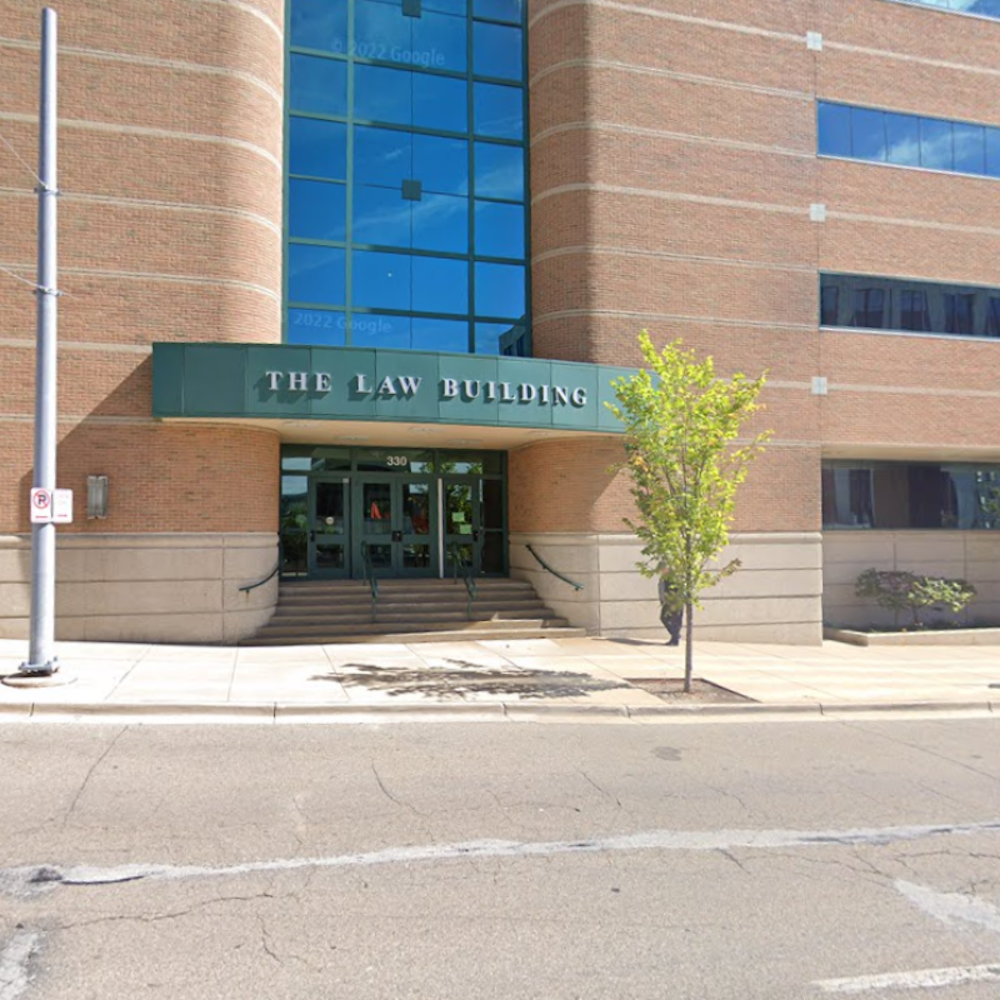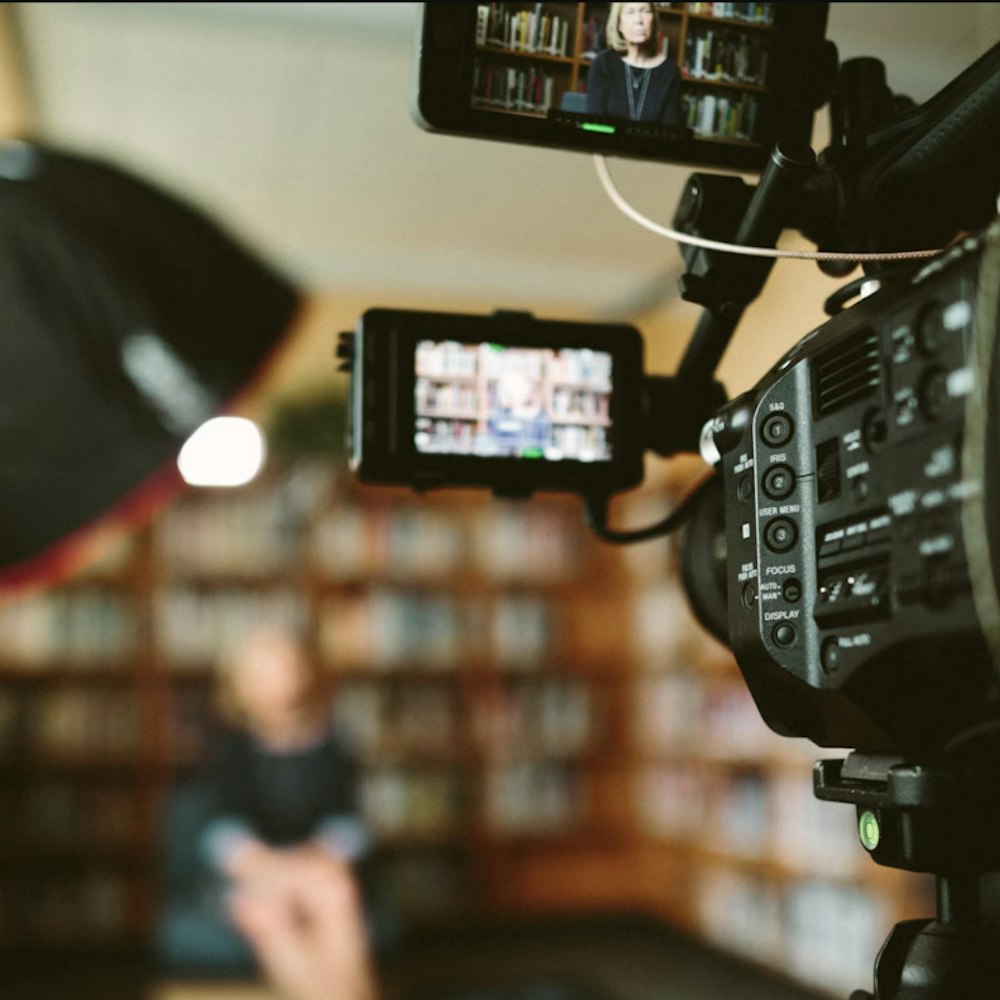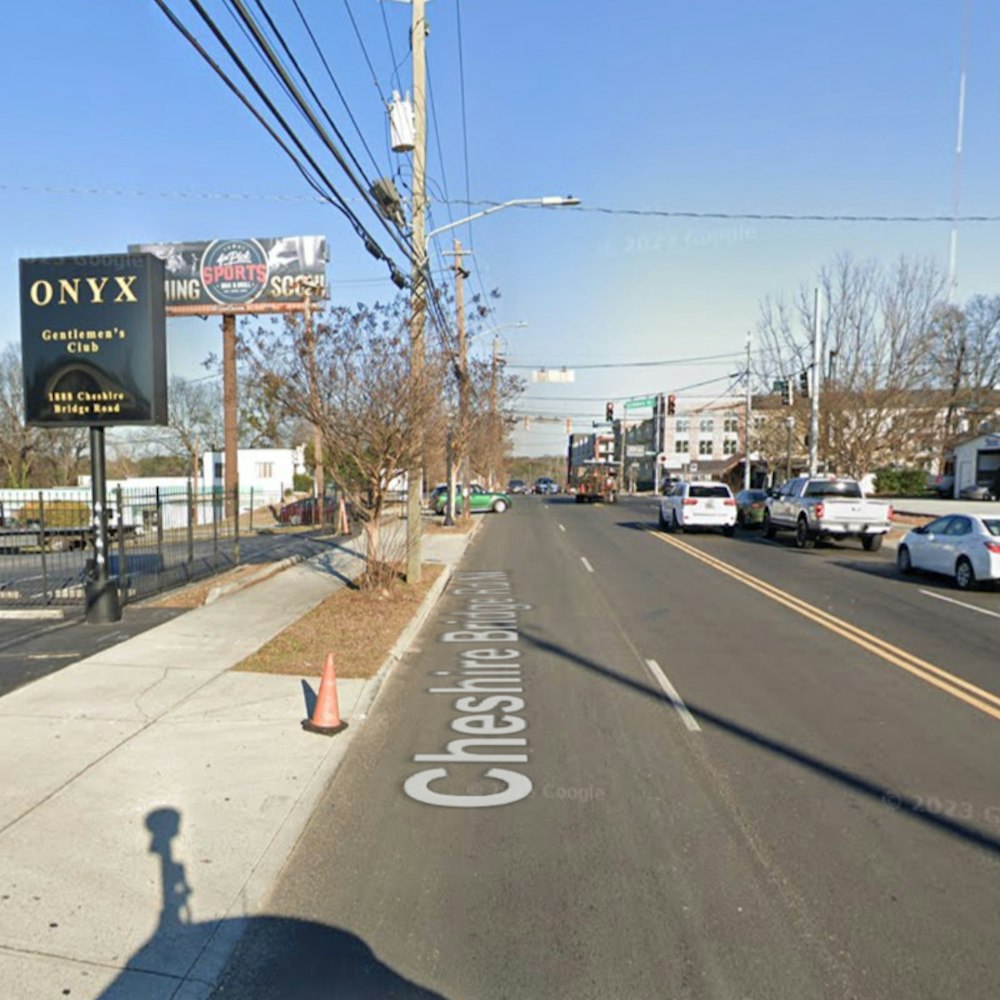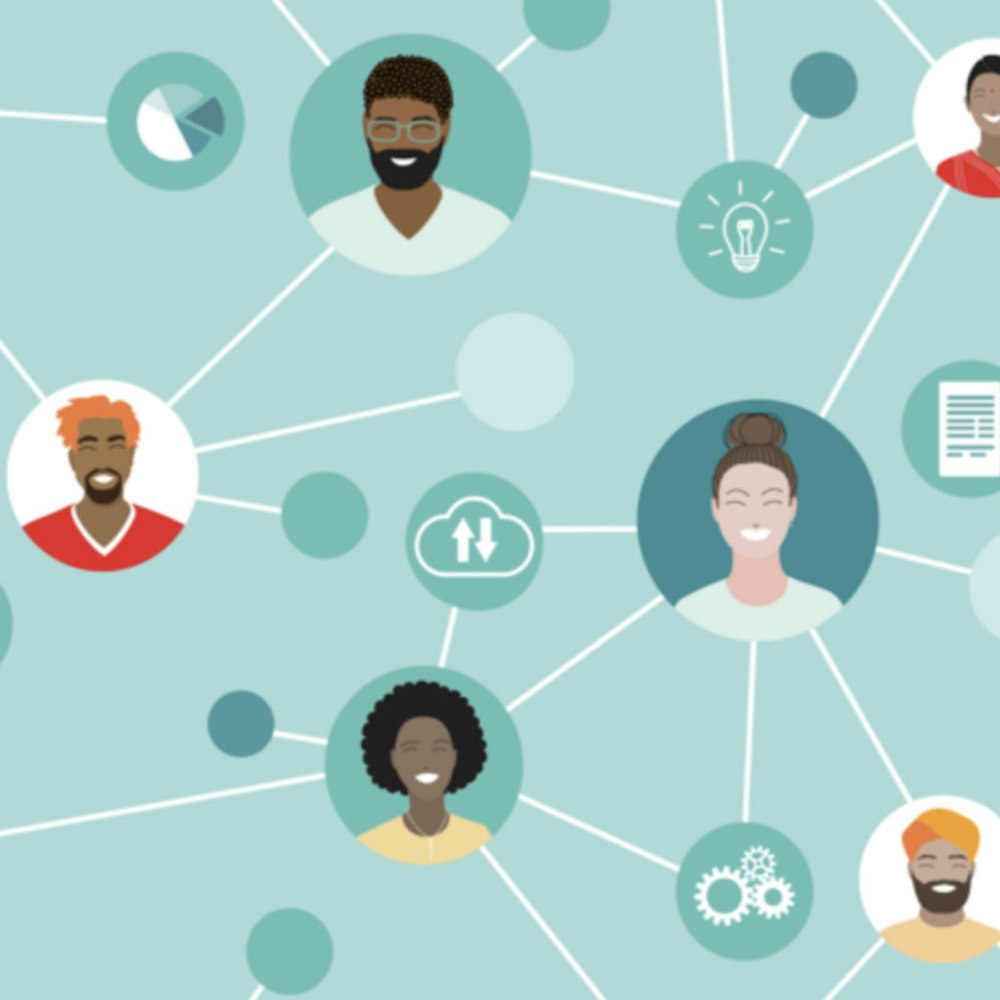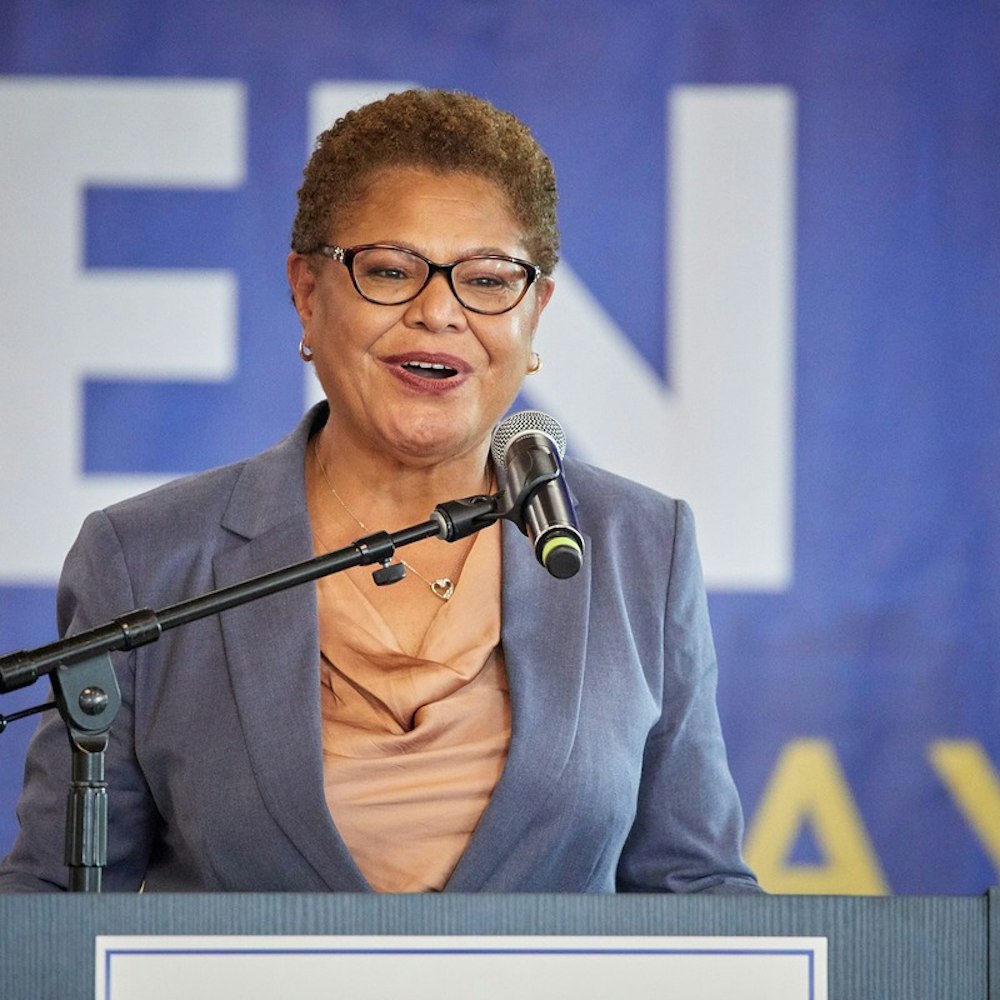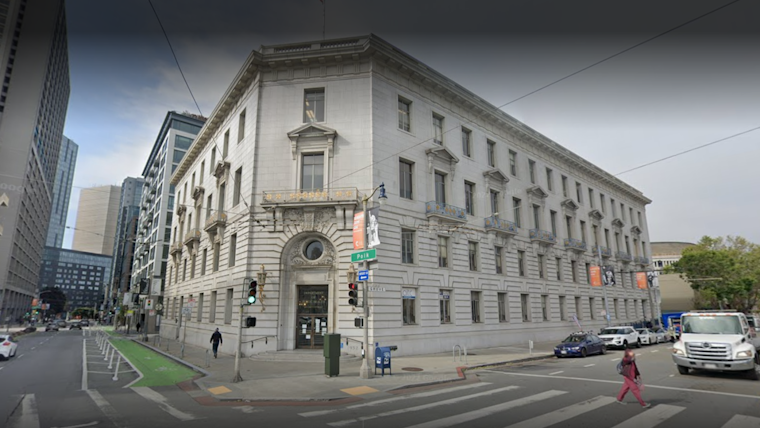
In a notable stride toward eradicating HIV in San Francisco, the Department of Public Health delivered a mix of optimism and caution with the release of its 2022 HIV Epidemiology Annual Report. Aiming for zero new HIV infections, the city has witnessed a slight decrease in new diagnoses, down to 157 from 166 the previous year. According to the report released by SFDPH, the downward trajectory represents a 12% shrinkage since 2019, although it's a pace lagging behind the steep 56% drop observed in the years leading up to the pandemic.
The report underscored an aging HIV-positive population, with 73% now aged over 50, alongside the continuation of a local trend with no reports of children born with the virus or cases under 18. However, racial disparities persist, with Latino men surpassing black men in new infection rates for the first time, although both are substantially higher than their white and Asian/Pacific Islander counterparts. These figures go hand-in-hand with other concerns, such as the fact that nearly one in five new HIV diagnoses is among the homeless, highlighting the uneven ground on which the city's health battles are fought.
San Francisco health officials are not resting on their laurels with these numbers. "We are pleased to see that HIV diagnosis have declined substantially since 'Getting to Zero' was launched in 2013, and that many people are receiving the immediate care they need. However, we will not be satisfied until we get to zero new infections, and more must be done," Dr. Grant Colfax, Director of Health, told SFDPH. To tackle the steady but slow progress and existing health disparities, the department, in collaboration with community partners, unveiled seven Health Access Points (HAPs) in July, designed to provide stigma-free and equitable care to affected populations.
Shifting the focus to prevention, SFDPH's report shows that San Francisco outstrips national averages in PrEP uptake among populations at higher risk of HIV. The estimated 76% of locals who recommended taking PrEP, a groundbreaking HIV preventive medication, eclipses the national rate of a mere 30%. Similar outperformance is seen with the city's Latino and African American communities at the San Francisco City Clinic—racking up PrEP rates of 72% and 67%, respectively, far ahead of national figures. The report also celebrates that now 97% of those living with HIV in San Francisco are aware of their status, a critical step toward informed and effective care.
Despite the clear advances, experts remain vigilant. "To get to zero new HIV infections, accessibility and engagement is key. We must be innovative in our approach to providing low-barrier, and judgement free services such as injectable PrEP and testing," emphasized Dr. Susan Buchbinder, co-chair of the Getting to Zero Steering Committee, in a statement obtained by SFDPH. The city's efforts to maintain accessibility are illustrated through its "Take Me Home" program, offering HIV and STI home test kits for residents online.
